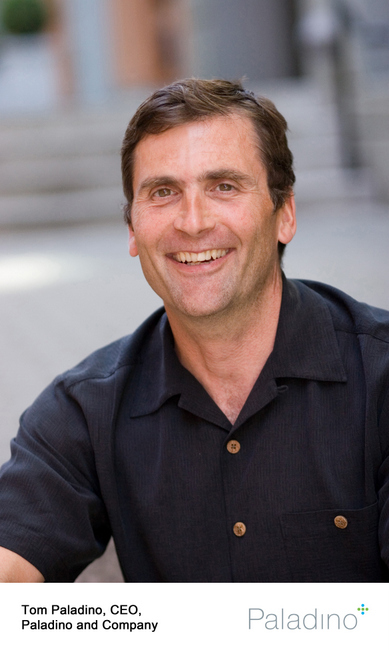Green Design
Quantifying business returns
The concept of sustainable design is taking significant steps forward, according to one expert, but it still has a way to go. While efforts are expanding into the planning stages and incorporating operations and asset management as well, hard data evidence of results are still missing, affirms Tom Paladino, founder of consulting firm Paladino and […]
